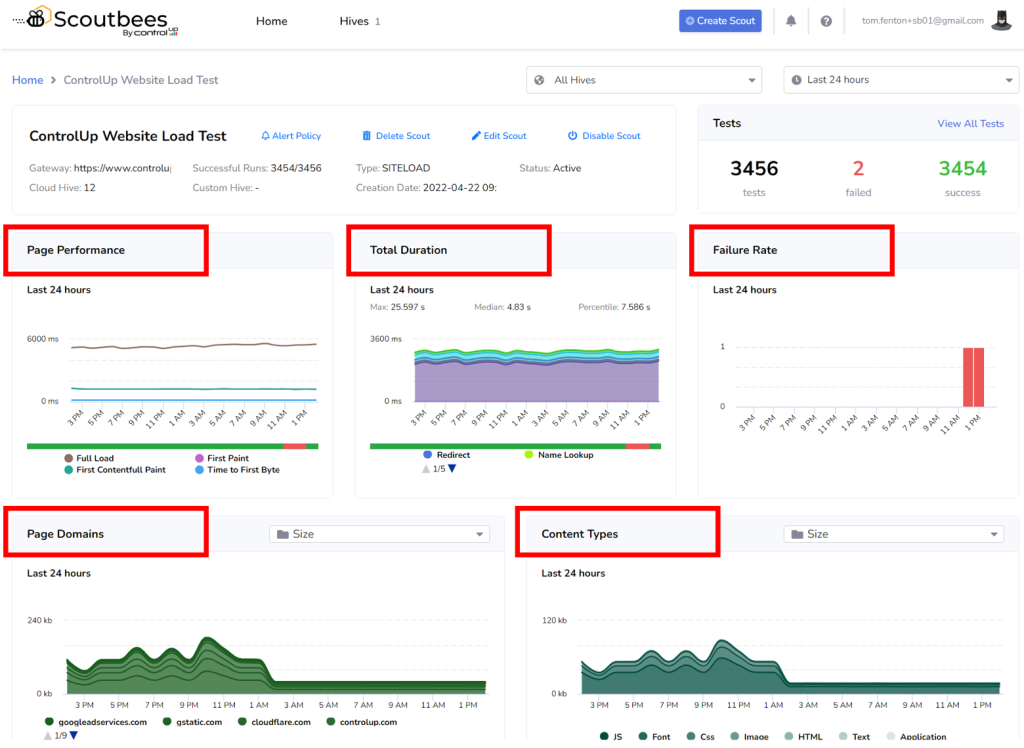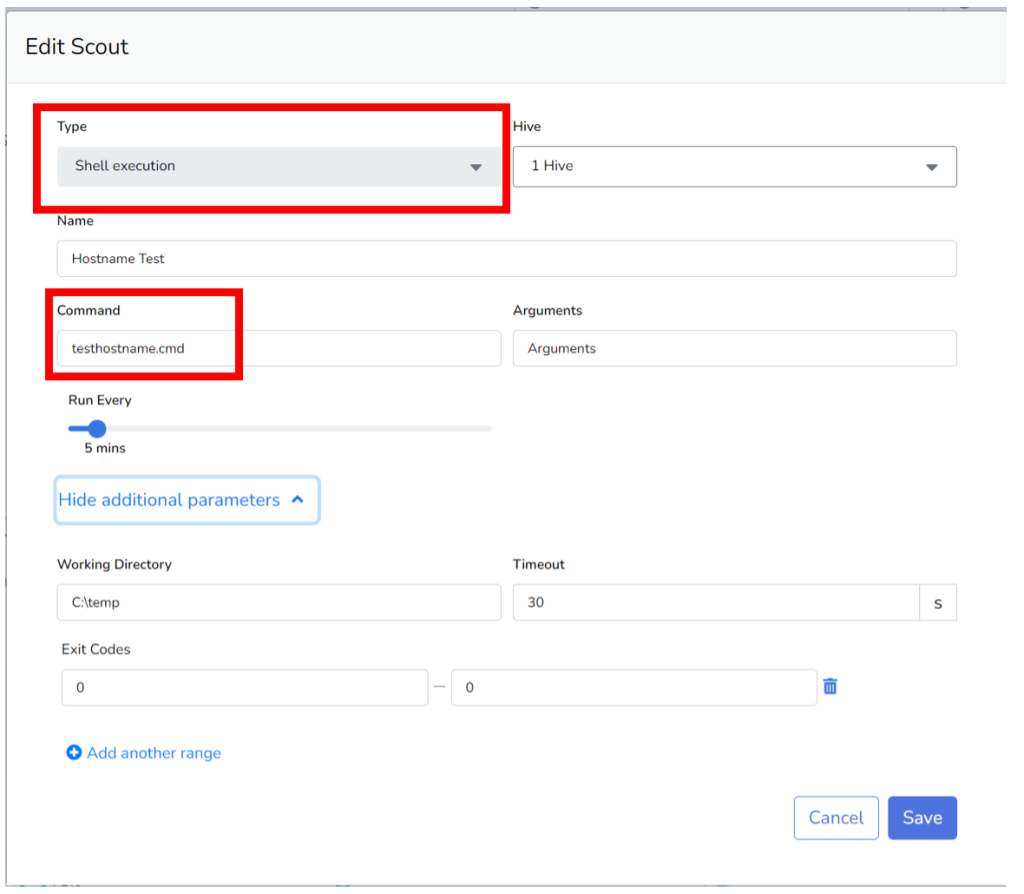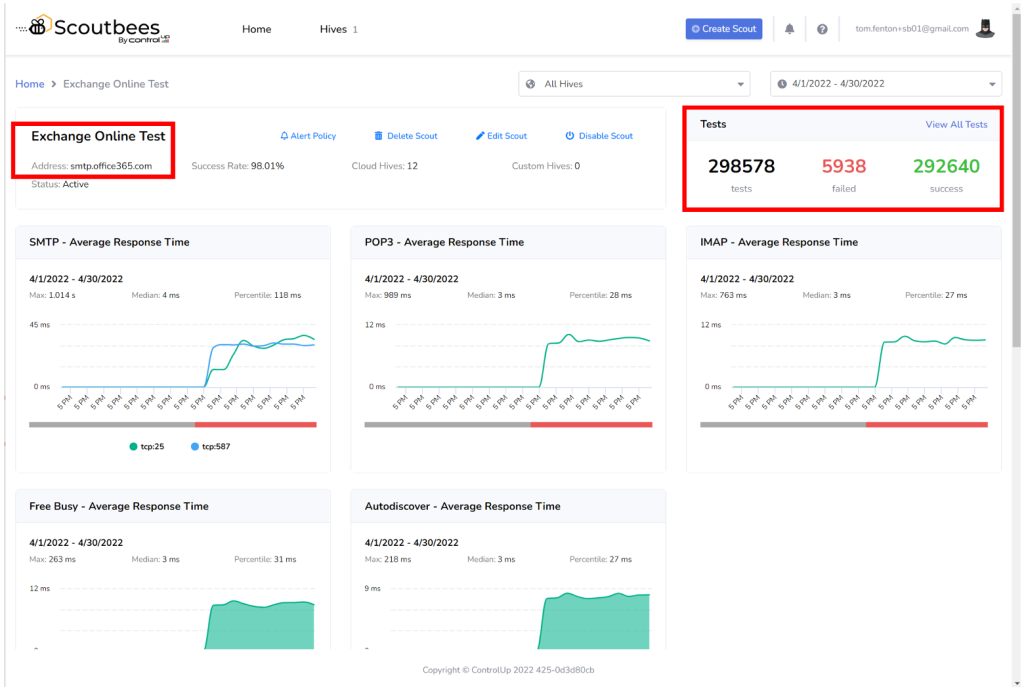A few weeks ago, we shared how ControlUp Scoutbees detects failures with Azure AD, Facebook, and Office365. While these services, as with other SaaS applications, have a proven track record of being rock solid, there are rare occasions when they do go down – and when this happens, the impact on the users who depend on them can be massive. Monitoring SaaS applications is only a small part of what Scoutbees can do. It can also monitor VMware Horizon desktops and streamed applications. Now, with its latest enhancements and features, it can monitor virtually any other remote application and alert you when they become unavailable or suffer performance degradations. In this article, I will share with you some of the new functionalities offered in Scoutbees.
VMware has been selling Advanced Monitoring for VMware Horizon Universal License Powered by ControlUp for over two years. However, as ControlUp has only recently released Scoutbees, we have only been able to offer it to our customers since January of this year. Scoutbees is a SaaS product, so all the features I am discussing in this article are available now – all you need to do is log in to the Scoutbees web portal to begin using them. Because these features are so new, the documentation on some of them may not have been completed at the time of you reading this. To help guide you, I created another article that will show you the clicks you need to use them.
Site load
The only thing more frustrating than getting a 404 message from a website is when your customers or users get one. To help alleviate this issue, Scoutbees now has a site load option to verify that you are getting the correct return code when you visit a site.

The information from this test is used to generate graphs and charts that show not only the web page’s performance and failures, but also information like its time to load and the content type of the page.

The Page Performance graph breaks down the various page load sections by time.

When setting up the test, you can specify what to look for in a successful test, such as a verified SSL, a string in the response, or the success code from the web page.

Screenshot differential
Return codes are a great way to determine if a website is functional, but there are other indicators for EUC applications and desktops. To assist with this, Scoutbees has a feature that takes a screenshot of an EUC resource and then compares it to a known good screenshot. If the pages match (within a certain percentage), it is deemed good; otherwise, it is marked as a failure.

Currently, you need to manually identify changes in the screenshots, but this is just the start and ControlUp is working on ways they can be used.
Target device shell execution
Scoutbees allows you to execute shell commands from a custom Hive.

Using this function, you can run a command or script on a set interval to test a resource’s functionality and report on the return code of your test. Due to the wide-open nature of this feature, any test that can be scripted can now be used as a test with Scoutbees.

App templates
ControlUp has preconfigured tests to see if a specific SaaS application is available. The first app template checks the connectivity of Microsoft’s Exchange Online server from any of your Hives.

Once the Scout has been set up, you can monitor the availability of the resource and be alerted if it fails or performs below your specified expectations.

The Exchange application template is now ready for use and ControlUp will be releasing more app templates shortly.
Multi-selecting different Hives for your Scouts
Testing a resource from a single Hive is good, but with today’s modern workforce being geographically dispersed, testing from multiple locations is often desirable. To simplify this, Scoutbees now allows you to select multiple Hives from which a Scout can run.

The results from the various Hives are shown in a list format that provides critical information like average response time, general health and availability of the network resource, and the success rate for the tests.

To investigate an issue more in depth, you can select a location from the list. This provides more focused insight and allows you to examine the results from the completed tests.

You can also view the results in a map view by selecting the map icon. Clicking on a Hive location will give a thumbnail graph of the performance of that Hive.

Network path visualization for EUC and HTTPS
The traceroute procedure has been added to the Scoutbees EUC and HTTP/S tests. This displays (in a graphic format) the latency from each hop along the network path from the Hive to its final destination.

You can zoom in on the display to identify the individual nodes that the network is traversing.

This helps pinpoint the location of network performance degradation.
Scout maintenance windows
For resources that need to be taken down for maintenance or other reasons, Scoutbees can now suspend testing for a set amount of time. This can be done for a single occurrence or set up on a schedule for regularly planned outages.

With ControlUp, you can monitor your entire VDI stack, including the availability of remote resources, by using Scoutbees. These new features further extend your monitoring capabilities to ensure that your users have the best experience possible.
To try out Scoutbees, contact your VMware sales professional for a free 90-day trial license.









